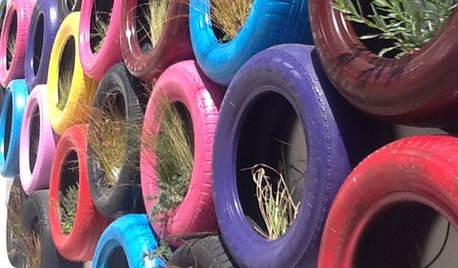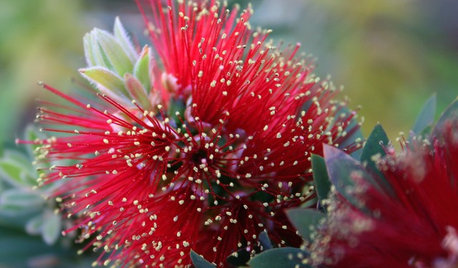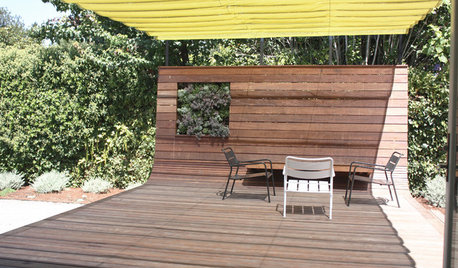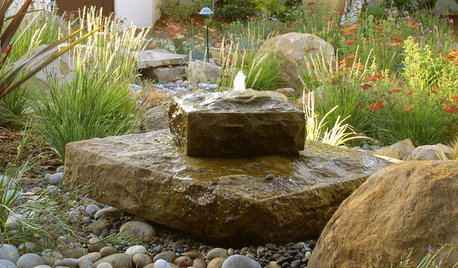Rubber Mulch
klbereczky
13 years ago
Featured Answer
Sort by:Oldest
Comments (30)
david52 Zone 6
13 years agohortster
13 years agoRelated Professionals
Elwood Landscape Architects & Landscape Designers · Marco Island Landscape Architects & Landscape Designers · Wixom Landscape Architects & Landscape Designers · Waterbury Landscape Contractors · Del Aire Landscape Contractors · Fairview Landscape Contractors · North Canton Landscape Contractors · North Richland Hills Landscape Contractors · Shoreview Landscape Contractors · Siloam Springs Landscape Contractors · South Lyon Landscape Contractors · Oxon Hill Landscape Contractors · North Aurora Landscape Contractors · Vadnais Heights Landscape Contractors · Lansdale Decks, Patios & Outdoor Enclosureslazy_gardens
13 years agoannpat
13 years agobob64
13 years agorhizo_1 (North AL) zone 7
13 years agoKimmsr
13 years agocandogal
13 years agolisascenic Urban Gardener, Oakland CA
13 years agowoodswalker88
12 years agoKimmsr
12 years agoeureka
12 years agoeureka
12 years agoKimmsr
12 years agoterrene
12 years agorhizo_1 (North AL) zone 7
12 years agotoxcrusadr
12 years agoalbert_135 39.17°N 119.76°W 4695ft.
12 years agoKimmsr
12 years agoLloyd
12 years agoKimmsr
12 years agotoxcrusadr
12 years agotoxcrusadr
12 years agotoxcrusadr
12 years agotoxcrusadr
12 years agoLloyd
12 years agoKimmsr
12 years agotoxcrusadr
12 years agotoxcrusadr
12 years ago
Related Stories

SALVAGECan We Bounce Some Great Recycled-Rubber Ideas Off You?
No need to bemoan that spare tire. Old rubber is getting a guilt-free second life as flooring, pavers, sinks and even furniture
Full Story
GARDENING GUIDESHow to Pick a Mulch — and Why Your Soil Wants It
There's more to topdressing than shredded wood. Learn about mulch types, costs and design considerations here
Full Story
GARDENING GUIDESNew Ways to Think About All That Mulch in the Garden
Before you go making a mountain out of a mulch hill, learn the facts about what your plants and soil really want
Full Story
SAVING WATERHouzz Call: Are You Letting Go of Your Lawn?
Many facing a drought are swapping turf for less thirsty plantings. If you’re one of them, we’d like to hear about it
Full Story
GARDENING GUIDESGreat Design Plant: Velvety Dwarf Bottlebrush Beckons a Touch
Brilliant red blooms and inviting textures will capture your heart, but the low maintenance and small size will win over your practical side
Full Story
GARDENING GUIDES5 Ways to Naturally Win the Weed War
Show irksome weeds no mercy with these tricks for combating them sans chemicals
Full Story
LANDSCAPE DESIGN15 Great Ideas for a Lawn-Free Yard
End the turf war for good with hardscaping, native grasses and ground covers that save water and are easier to maintain
Full Story
DECKSA Family-Friendly California Yard Wises Up About Water
Pavers and unthirsty plants replace Kentucky bluegrass in a Menlo Park landscape for a family of 4
Full Story
GREAT HOME PROJECTSHow to Give Your Driveway and Front Walk More Curb Appeal
Prevent injuries and tire damage while making a great first impression by replacing or repairing front paths
Full Story
LANDSCAPE DESIGNEnjoy the Simple Beauty of a Backyard Rock Garden
This collection of Japanese-inspired rock gardens is bound to lift your spirits
Full StoryMore Discussions






klbereczkyOriginal Author